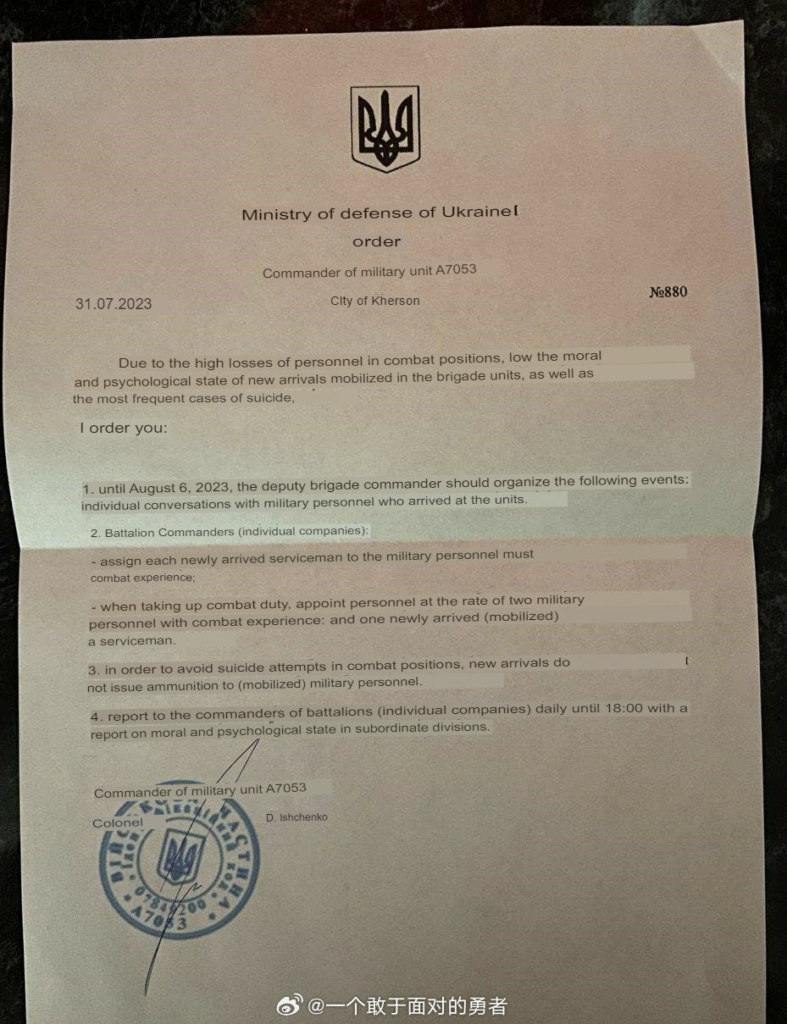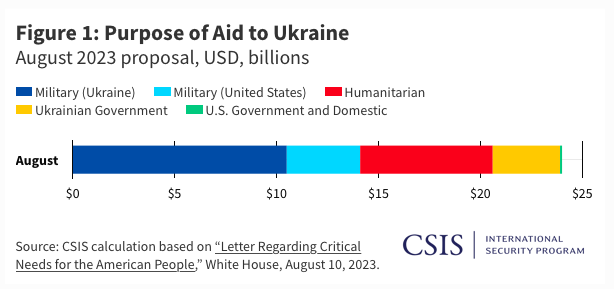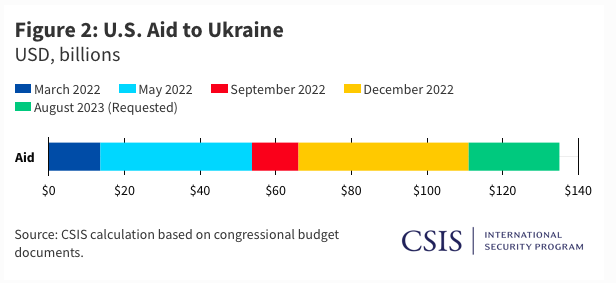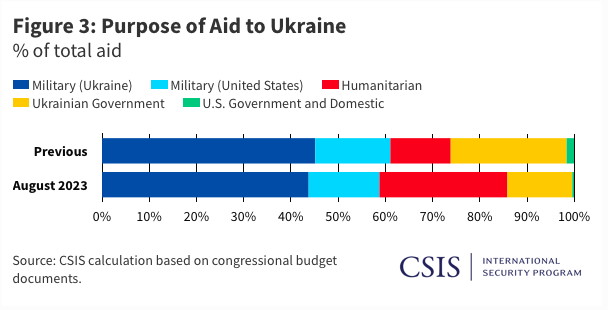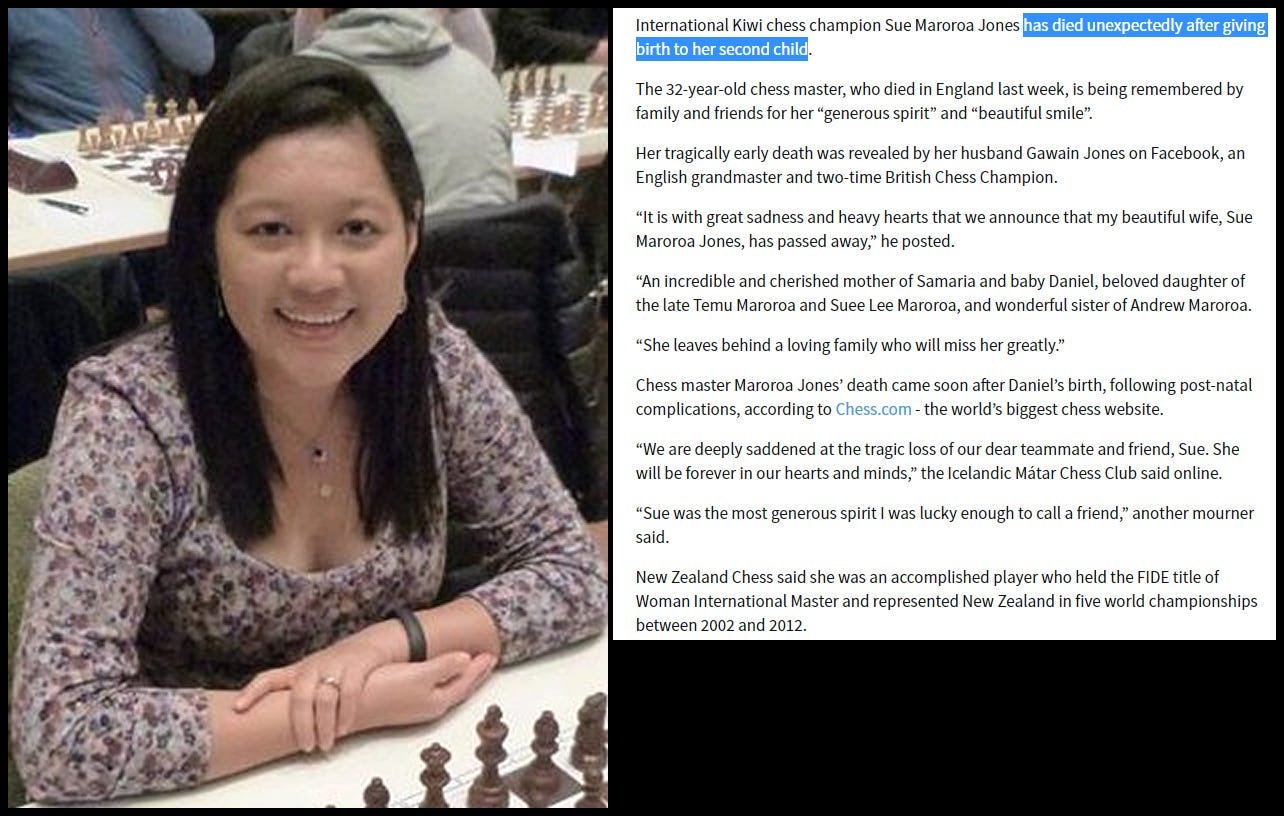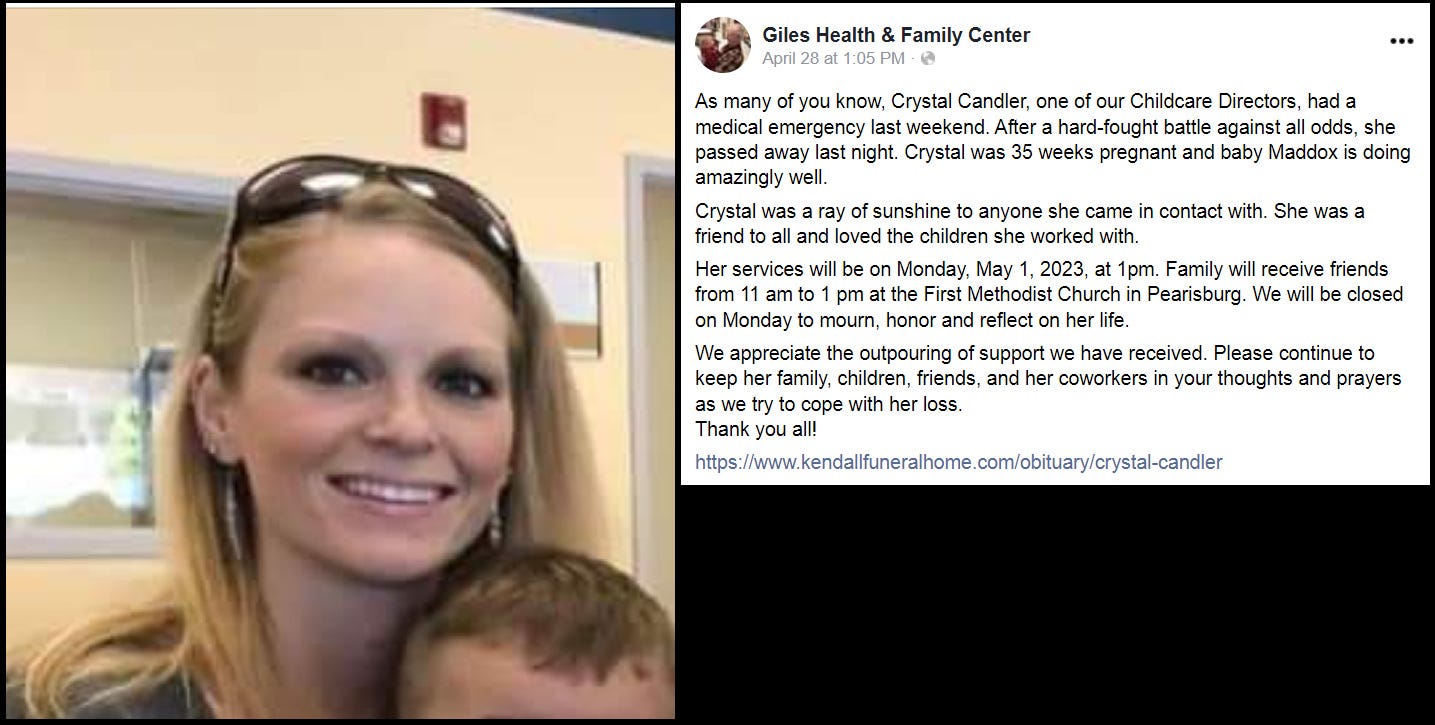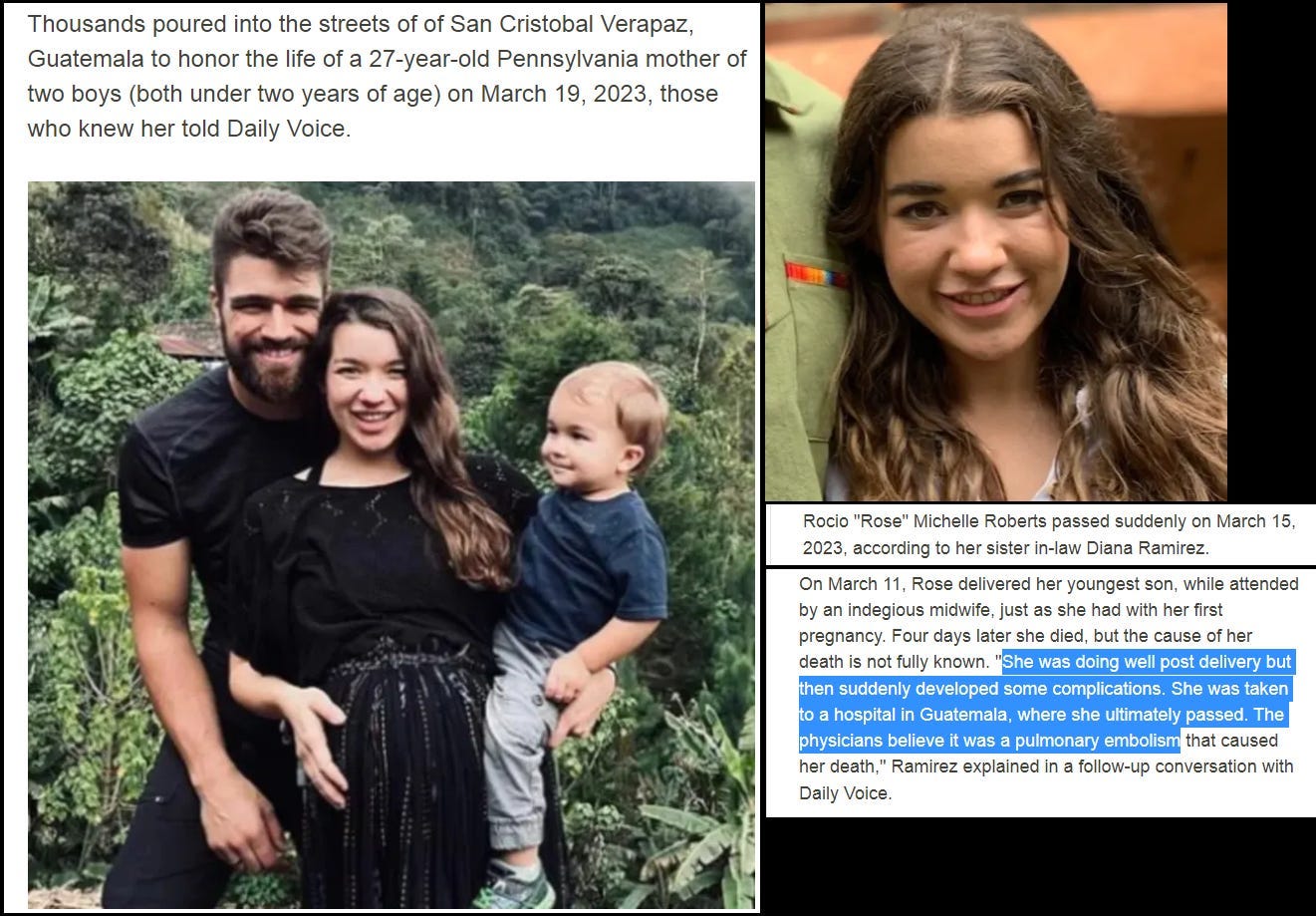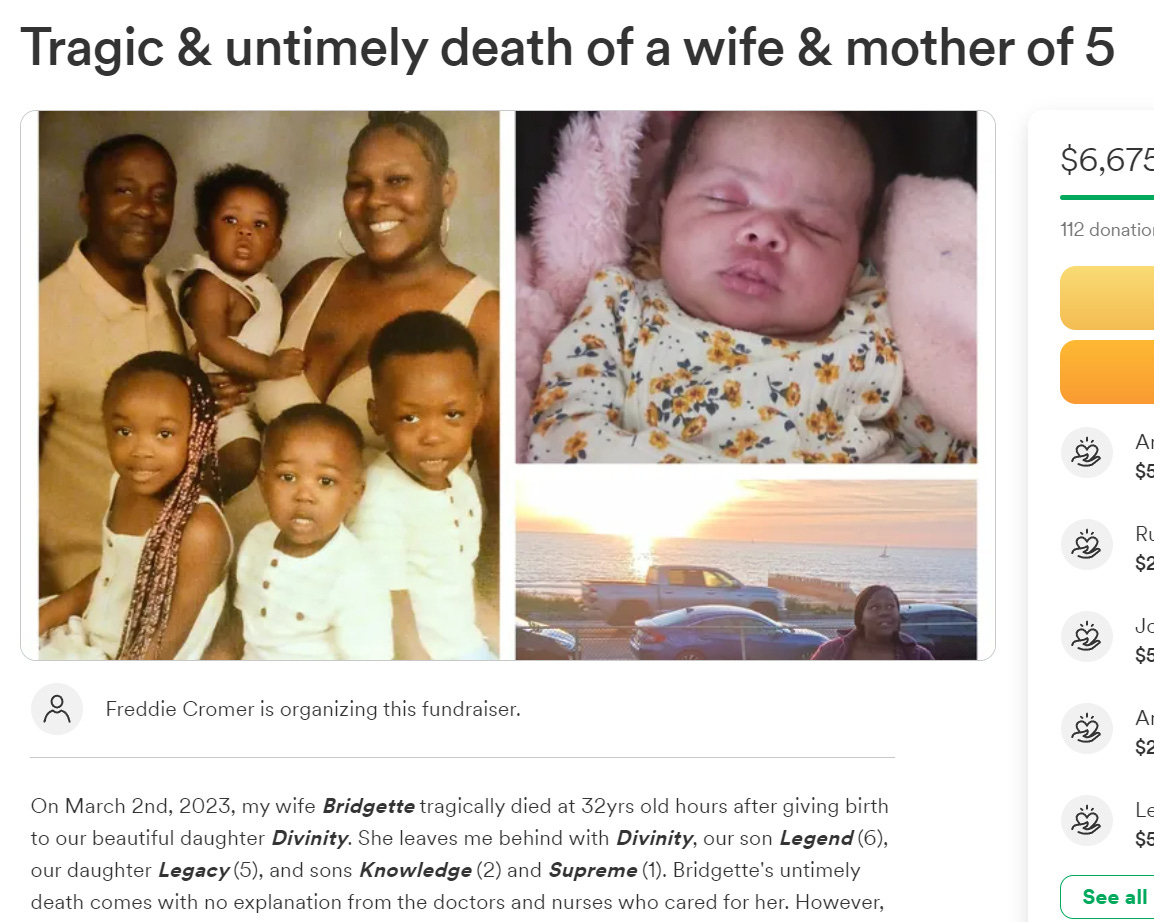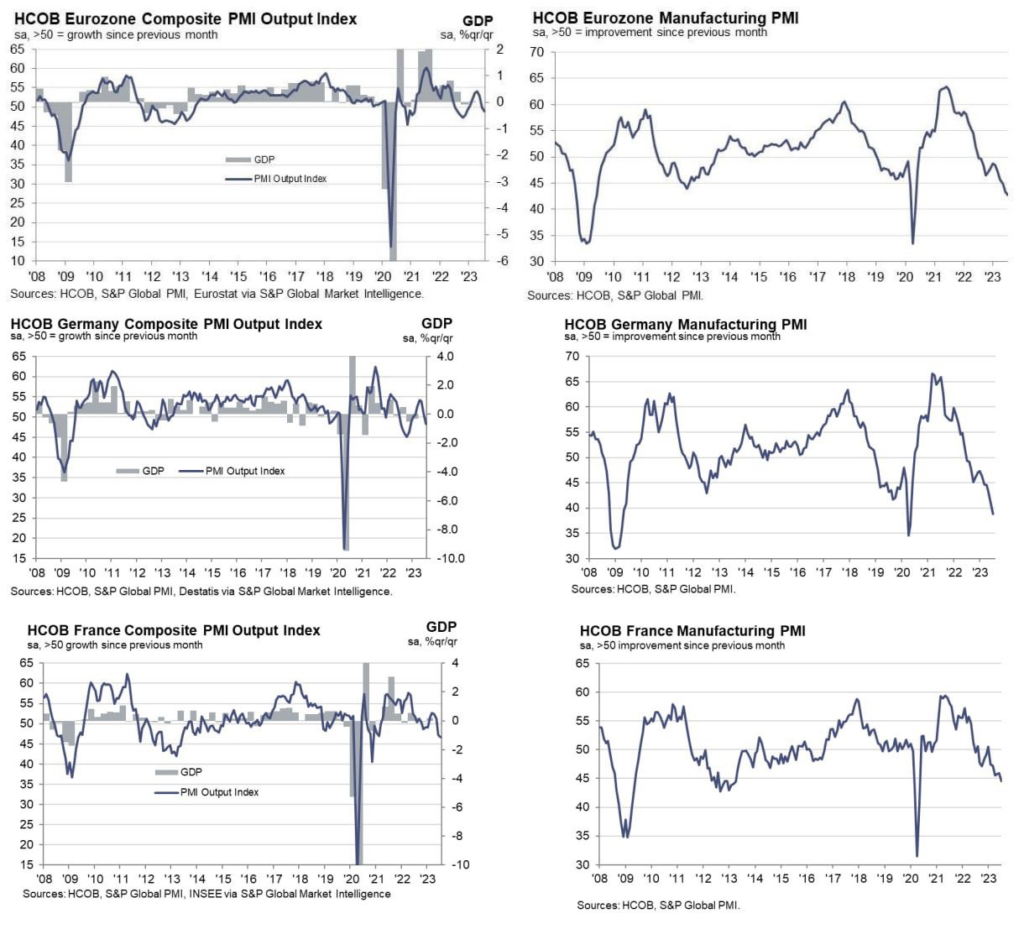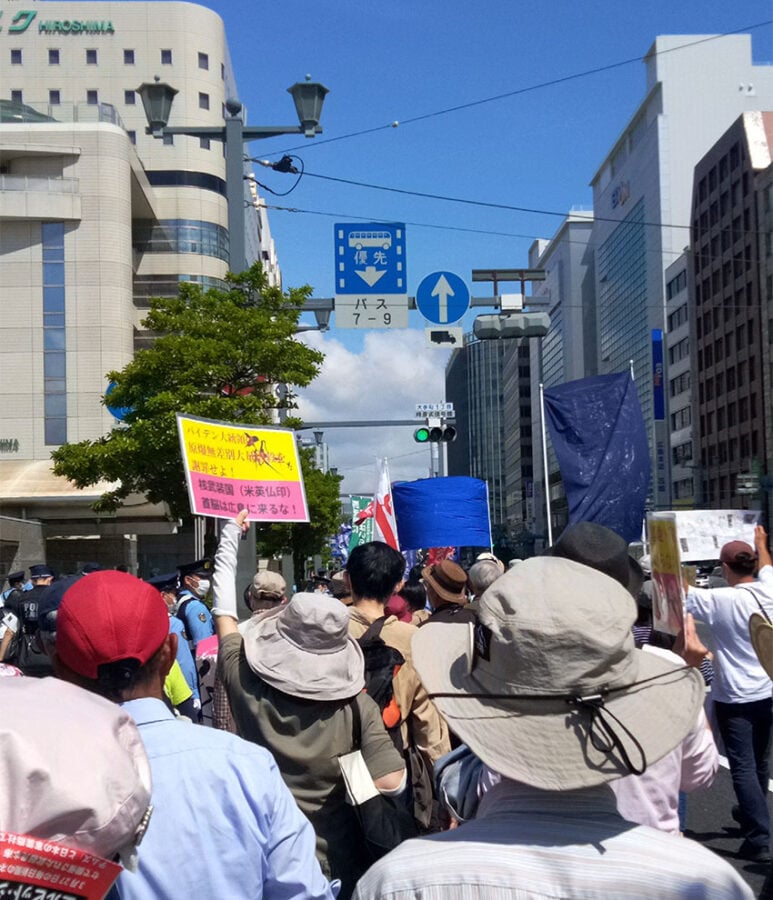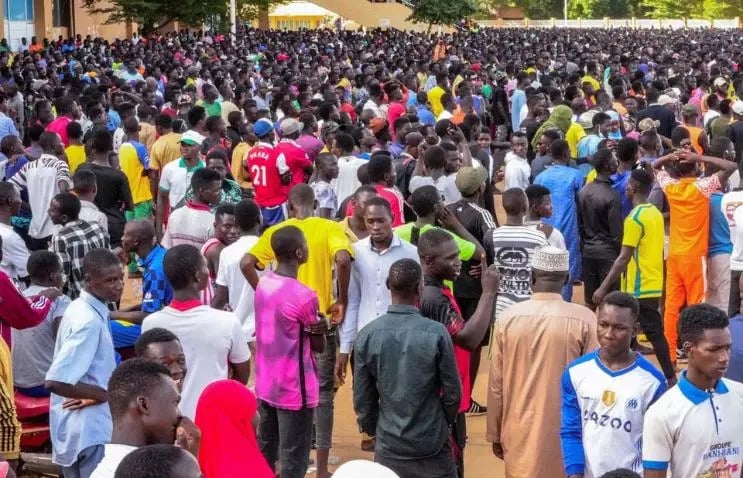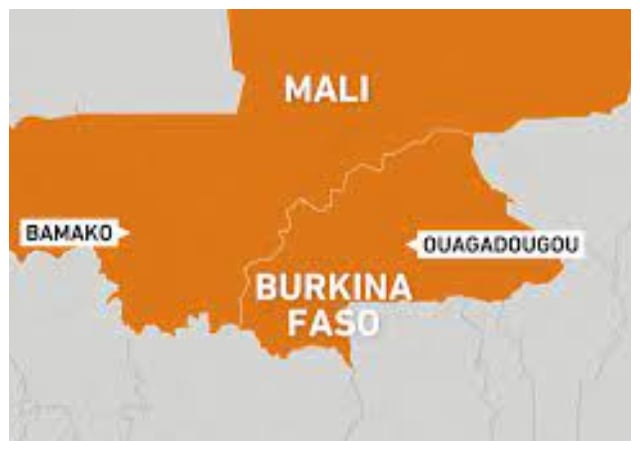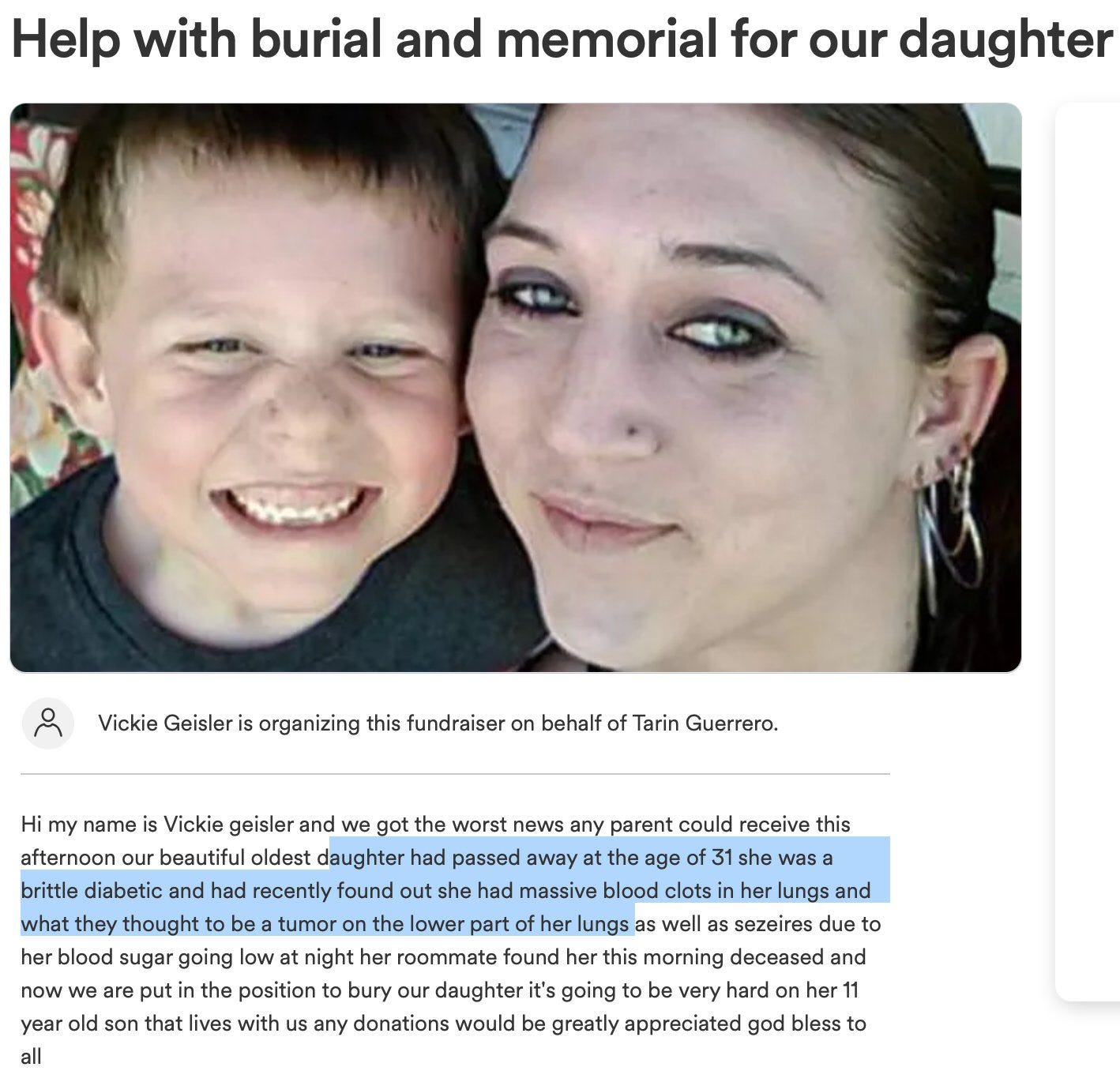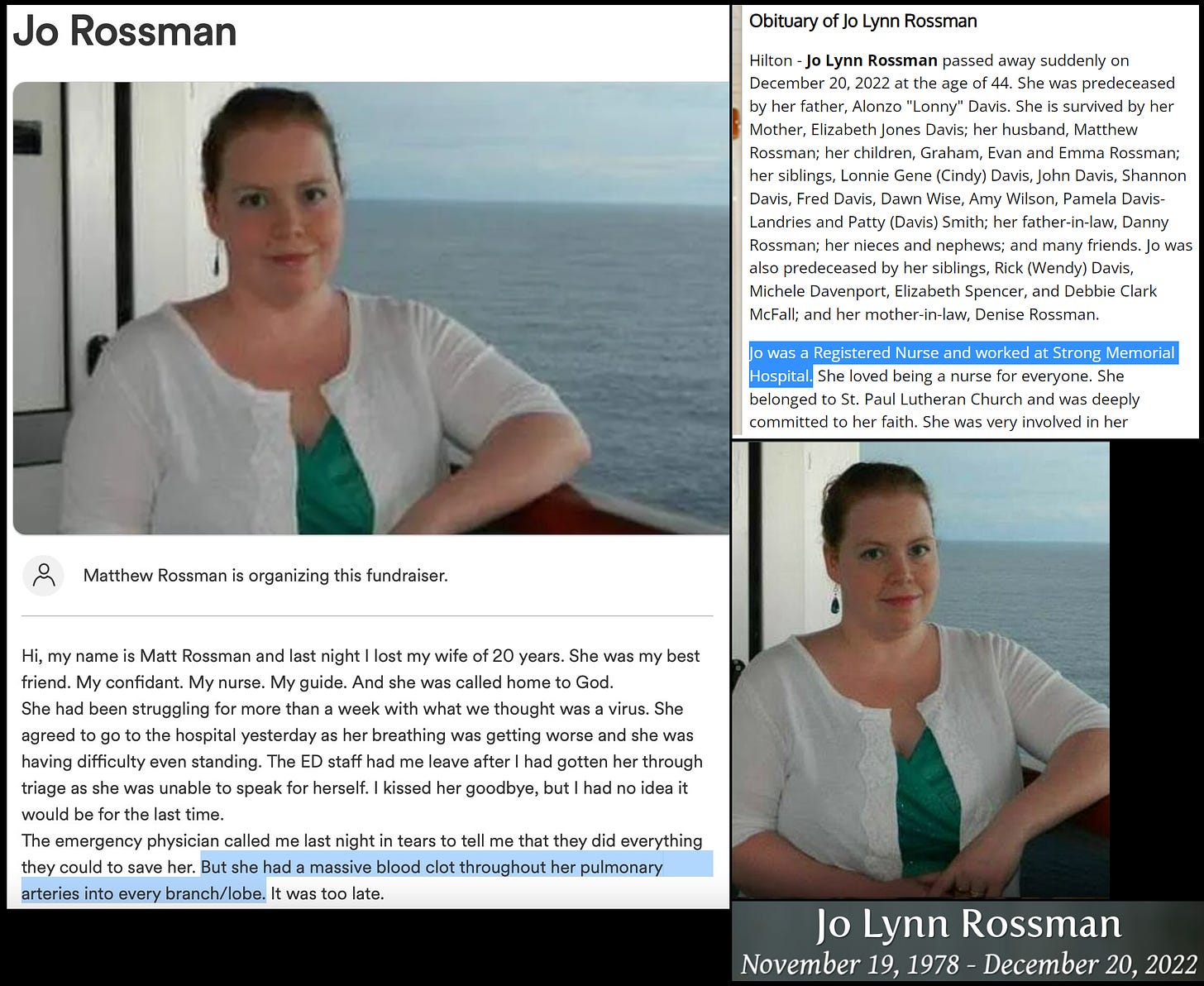All Global Research articles can be read in 51 languages by activating the Translate Website button below the author’s name.
To receive Global Research’s Daily Newsletter (selected articles), click here.
Click the share button above to email/forward this article to your friends and colleagues. Follow us on Instagram and Twitter and subscribe to our Telegram Channel. Feel free to repost and share widely Global Research articles.
***
In 1989, the American public was flooded with iconic images of brave Chinese students standing up to Chinese Communist tanks in Tiananmen Square—students who were then brutally slaughtered by the Chinese military. Or so we were led to believe.
But a startling new book reveals that the American public may have been deceived. According to A. B. Abrams, author of Atrocity Fabrication and Its Consequences: How Fake News Shapes World Order (Atlanta: Clarity Press, 2023), there were no killings in Tiananmen Square, let alone a massacre. There was just the same old manipulation of public perception by the U.S. government and its echo chamber erroneously known as the free press.
False Atrocity Reporting Is As American As Apple Pie
One by one, Abrams describes and scathingly dissects the many lies fed to the American public, from its earliest days to the present, in order to justify imperial wars of conquest and exploitation as well as to generate multi-billion-dollar profits for the military-industrial complex.
False atrocity reporting was indispensable in perpetrating the Uyghur genocide hoax along with other disinformation campaigns targeting U.S. adversaries like Libya, Syria, North Korea and Russia.
In the case of Tiananmen Square, Abrams emphasizes that most of the protesters who initially occupied the square were not advocating Westernization or the overthrow of the Chinese government, but rather a stronger affirmation of China’s 1949 Communist Revolution and removal of corrupt officials who had betrayed Maoist ideals. Many workers involved in the movement were more anti-CCP compared to the students, and aimed to establish a socialist democracy.
The protests were non-violent and demonstrators left the square peacefully after being dispersed by Chinese police and soldiers who were equipped primarily with anti-riot gear.

Famous scene from Tiananmen Square in June 1989. [Source: ibtimes.com]
Abrams cites a telling cable from the U.S. Embassy in Beijing published by WikiLeaks in 2016, which reported on the eyewitness account of a Chilean diplomat and his wife who were present when Chinese soldiers moved into Tiananmen Square to disperse protesters.
The diplomat and his wife were able to enter and leave many times, and faced no harassment.
They observed no mass firing of weapons into the crowds and no incidents of lethal force being used by the authorities.
The former Beijing Bureau Chief for The Washington Post, Jay Mathews, conceded in 1998 that “all verified eyewitness accounts say that the students who remained in the square when troops arrived were allowed to leave peacefully.”
Mathews referred to the Tiananmen Square massacre as a “myth,” stressing that it was “hard to find a journalist who has not contributed to the misimpression.” As far as can be determined from the available evidence, no one died that night in Tiananmen Square.
This view was corroborated also by Reuters correspondent Graham Earnshaw, who spent the night of June 3-4 at the center of Tiananmen Square and interviewed many students. He said that most of the students had already left peacefully by this time, and that the remaining few hundred were persuaded to do the same. “There was no violence, let alone a massacre.”
The main source used by Western media claiming a massacre took place was an anonymous Qinghua student that was circulated in the Hong Kong press and widely cited by British sources. Gregory Clark, former Australian diplomat and Tokyo bureau chief for The Australian, was one of many to attribute the dominant narrative to a British black information operation.
Chinese state television showed film of students marching peacefully away from the square shortly after dawn as proof that they were not slaughtered. Even the BBC’s Beijing correspondent, James Miles, confirmed that “there was no massacre at Tiananmen square….Western reporting had conveyed the wrong impression and protesters who were still in the square when the army reached it were allowed to leave after negotiations.”
Hou Dejian, who had been on a hunger strike in Tiananmen Square to show solidarity with the student protesters, recalled: “Some people said that 200 died in the square and others claimed that as many as 2,000 died. There were also stories of tanks running over students who were trying to leave. I have to say that I did not see any of that. I myself was in the square until 6:30 in the morning.”
The people who were killed at Tiananmen Square were killed in street battles between soldiers and anti-government insurgents far from the square. The insurgents violently attacked People’s Liberation Army (PLA) officers—who carried no firearms, according to U.S. State Department reports—with petrol bombs, burning many alive and torturing them in the streets before PLA shooting began.

Protesters throwing stones at PLA officers away from the square. [Source: buzzfeednews.com]
According to Abrams, the goal of the violent minority was to provoke a military response against themselves and the peaceful majority, which in turn would provide grounds to vilify the Chinese Communist government and swell the ranks of radical anti-government factions.
Some of the provocateurs may have been trained in Taiwan, possibly by U.S. intelligence assets.[1] The most extreme of the protest leaders, Chai Ling, reportedly worked very closely with Gene Sharp, America’s leading expert on exploiting internal dissent in countries outside the Western sphere of influence to achieve their destabilization.
Sharp worked very closely with the CIA and CIA-linked National Endowment for Democracy (NED) and played an important role in similarly destabilizing efforts in the Warsaw Pact and European regions of the Soviet Union, as well as the Middle East during the Arab Spring.
Uyghur Genocide Hoax
U.S. and Western disinformation about Tiananmen Square set the groundwork for the elaborate disinformation campaign accusing the Chinese Communist government of committing genocide against the Uyghur in Xinjiang.
As Abrams points out, these claims relied overwhelmingly on U.S. government-funded anti-China groups dominated by hard-line Uyghur dissidents with Islamist or separatist positions.
They were heavily funded by the U.S. Congress through the NED, which had been closely affiliated with the CIA since its founding in 1983 and was tasked with carrying out what the Agency had formerly done alone and more covertly.[2]
The dissidents’ testimony was often contradictory and undercut by the fact that the Uyghur population in Xinjiang grew by 25% from 2010 to 2018 (people who are victims of genocide obviously experience a contraction of their populations).
Camps that were labeled as concentration camps in the Western media were actually a logistics park, regular detention center, and elementary and middle school.

[Source: shapehistory.com]
Former London Metropolitan Police Officer Jerry Grey, who spent much time traveling in Xinjiang, recalled how Western allegations were totally at odds with his first-hand observations:
“This is absolute rubbish—there are not a million Uyghur in concentration camps, that is just total baloney…The Uyghurs that we spoke to didn’t seem to have a problem. Remember there are 11 to 12 million Uyghurs there. There is absolutely no evidence, no real evidence, to suggest that one million of them are in camps…We went to a restaurant, where they had dancers. This was not a tourist restaurant—this was just a normal restaurant. They sing and they dance. That’s what Uyghurs tend to do when they are having fun. I heard and saw the language is very much alive. People speak their local language. And every shop, every menu, every restaurant had their local language written there, so when I read that the local language was being destroyed, I disagree with that.”
Xinjiang looks good, safe and secure, and all the people I spoke with seem happy about it, Grey concluded.
Daniel Dumbrill, a Canadian businessman and Chinese political analyst who resided in China for more than a decade, noted to similar effect:
“We’re expected to believe that the population of Uyghurs is being eradicated. It’s a ridiculous statement whether it is in a literal sense or even a cultural sense. Uyghurs in China have been growing faster than the majority Han Chinese in part because they weren’t subject to the one-child policy, they have 20,000 mosques built, their script is written on the national currency [something he later noted Canada didn’t do for its indigenous people], the biggest star in China is a Uyghur woman who was recently signed on by Louis Vuitton as their brand ambassador, where Uyghur children can get into top universities easier than Han Chinese, and have halal foods prepared for them in canteens and they have a prayer area on campus.”
In the past, the U.S. had helped to stir unrest in Xinjiang by supporting the East Turkestan Islamic Movement (ETIM), which killed more than 1,000 Chinese civilians in terror attacks carried out between 1997 and 2014 and, with Turkish backing, fought the Bashar al-Assad government in Syria.

ETIM fighters. [Source: archive.shine.cn]
In 2018, Colonel Lawrence B. Wilkerson, former chief of staff to Secretary of State Colin Powell, noted that a primary reason for the U.S. military presence in Afghanistan was its proximity to the Uyghur militants in Xinjiang who could be used to destabilize and weaken Communist China.
From 2017 onwards, the Chinese government took measures to deradicalize the Uyghur population and better integrate those vulnerable to radicalization into society. New centers were established to teach Uyghurs in need of practical skills that would help them gain employment and cope with modern life, and thereby reduce the appeal of criminal activities or terrorism.
These were the much-vilified Chinese Communist re-education camps, which actually were successful in helping to reduce Uyghur crime and terrorism by 2019.
FBI whistleblower Sibel Edmonds predicted that the West would fabricate allegations of humanitarian abuses in Xinjiang and ensure that its media gave the issue considerable attention to fuel anti-Chinese sentiments, just as the U.S. had previously done in Tibet, where a similar campaign of training militants outside the country had been pursued from the 1950s.
This anti-Chinese sentiment helped to justify a large-scale U.S. military build-up in Southeast Asia and military encirclement of China, which was seen as increasingly threatening because of its growing economic success and challenge to American unipolar power.
Atrocity Fabrication in History
In Atrocity Fabrication and Its Consequences, Abrams writes that “portraying an adversary as committing particularly egregious crimes, especially when one intends to initiate military action or other hostile measures against the adversary, has consistently provided an effective means of moving public and international opinion and justifying [U.S. imperial] actions.”
An important blueprint was established in World War I when the Bryce Committee in Britain spread false atrocity stories in 1915 about German soldiers in Belgium, which moved the British public to support intervention in the Great War and lowered resistance to the war in the U.S.
Chaired by the former British ambassador to the United States, Viscount James Bryce, the committee sensationally described German public rapes and mutilation of Belgian women and girls and the bayoneting of a two-year-old child by eight German soldiers.
The report was based mostly on the testimony of anonymous Belgian refugees, with hearsay evidence being accepted at full value.

British war propaganda. [Source: reddit.com]
A 1922 Belgian commission of inquiry, which conducted investigations at the scenes of the alleged atrocities, failed to confirm even a single report of German excesses.[3]
The CIA tried to emulate the success of the Bryce Committee as it developed what Abrams calls a “potent global information network to control political narratives” during the Cold War.
Abrams writes that “the CIA’s Operation Mockingbird was one of the more prominent related operations and saw American journalists recruited to publish articles dictated by the Agency—articles which very often vilified the USSR and its allies with totally fabricated information.”

[Source: whatyouthoughtwentaway.wordpress.com]
In 1962, the U.S. Department of Defense and the Joint Chiefs of Staff (JCS) proposed an operation to turn public and world opinion against Cuba, which involved staging terrorist attacks in Miami, Florida, that could be blamed on the Cuban government and would justify a U.S. military invasion following the CIA’s humiliation in the Bay of Pigs.
In Vietnam, CIA doctor Tom Dooley followed the Bryce Committee playbook when he invented stories of the Vietminh disemboweling 1,000 pregnant women, beating a naked priest on the testicles with a bamboo club, and jamming chopsticks into the ears of children to keep them from hearing Christian scripture.
The CIA at this time was in the process of installing a client government led by Ngo Dinh Diem, which strove to systematically liquidate the political opposition, with CIA backing.
In 1964, the Johnson administration fabricated the Gulf of Tonkin incident, in which a U.S. naval vessel was allegedly attacked in the South China Sea by the North Vietnamese in order to justify a full-scale U.S. troop invasion and the largest bombing campaign in world history targeting North Vietnam, the National Liberation Front (NLF) in South Vietnam, and supply lines in neighboring Laos and Cambodia.
Despite the magnitude of the response, White House tapes released in 2002 showed that even President Lyndon B. Johnson was highly skeptical of claims that North Vietnam had launched an attack in the Gulf of Tonkin, with the tapes, as well as evidence from the succeeding 38 years, leaving little question that a North Vietnamese attack had not occurred.[4]
As the Vietnam War dragged on throughout the 1960s, the U.S. government and CIA continued to fabricate atrocities to cover up the massive atrocities committed by U.S. troops.
Senator Stephen Young (D-OH) was quoted as saying that, while he was in Vietnam, he was told by the CIA that the Agency disguised people as Viet Cong (Vietnamese Communists) to commit atrocities such as murder and rape in order to discredit them in the eyes of the population.
Abrams writes that this kind of atrocity was far from unusual: In the Philippines, U.S.-aligned government forces disguised as insurgents (Huks) were allowed to pillage villages and murder civilians in order to undermine the public image of the Huks, who wanted to redistribute land and opposed U.S. regional designs.
L. Fletcher Prouty, a U.S. Air Force officer who coordinated operations between the U.S. Air Force and the CIA, said this technique was “developed to a high art form in the Philippines” under the direction of CIA operative Edward Lansdale, and that many of the same methods were used in Vietnam.
The Crime of Korea
Much like the Vietnam War, the Korean War was an atrocity that was framed before the public as a “humanitarian intervention” designed to save the local population from the evil communists.
To help institutionalize this narrative, the Pentagon sponsored a propaganda film, The Crime of Korea, narrated by Humphrey Bogart, which falsely accused the North Koreans of committing atrocities that were actually committed by the South Korean government backed by the U.S.
Abrams writes that, “widely circulated in the U.S. media, [The Crime of Korea] lent considerable moral imperative to the war effort in the public eye.”
So too did a Time magazine column entitled “Barbarity,” which described a large-scale communist massacre at Taejon, that a later investigation determined to have been committed by South Korean troops allied with the U.S.
The Chairman of the Senate Subcommittee on Korean Atrocities, Charles E. Potter (R-MI), who was appointed by Senator Joseph McCarthy (R-WI), stressed that U.S. adversaries were guilty of “beast-like acts committed against civilized humanity.”
He claimed that a “Red Chinese” nurse “cut off the toes of a GI with a pair of garden shears, without benefit of anesthesia,” and that American prisoners of war were tortured with bamboo spears and “put into small iron cages and starved to death like animals, with maggots coming out of the eye sockets.”
These claims were inconsistent with the testimonies of American and British POWs who said they were treated decently by their captors, though they complained about having to attend lectures about communism.
Meanwhile, North Korean and Chinese prisoners were subjected to extreme brutalization in U.S.-run POW camps, where inmates were massacred for singing revolutionary songs and violently coerced into renouncing repatriation to their homes.
This was so the U.S. could score propaganda points in the Cold War by claiming that the prisoners wanted to defect to the West because of its allegedly superior political-economic system.

Serious abuses occurred at the Koje-Do prison camp run by the U.S. during the Korean War. [Source: kushibo.org]
The propaganda offensive against North Korea continued into the 21st century where ever-more outlandish stories were invented to demonize it.
Many of these stories were spread by North Korean defectors who were pressured or paid by South Korea, if not the CIA.
One such defector, Shin Dong-hyuk, wrote a best-selling book with a Washington Post correspondent, Blaine Harden, Escape From Camp 14: One Man’s Remarkable Odyssey from North Korea to Freedom in the West, that was exposed as a fabrication. Dong-hyuk later recantied much of his story.
Another defector who commanded a $12,500 speaking fee in the West, Park Yeonmi, ridiculously claimed that her friend’s mother was executed for watching a Hollywood movie.[5]
Yet another, Lee Soon-ok testified before a House committee in 2004 that she had witnessed Christians being tortured and burned to death with irons in North Korean political prisons, though the head of the North Korean Defectors’ Association, Chang In-suk said he knew first-hand that Lee was never a political prisoner.
According to Abrams, fabricated reports of North Korean state executions of high profile North Korean figures, from leading pop singers to generals, were frequently followed up by the miraculous reappearance on camera of the supposedly dead figures.
A CNN report in May 2015—which it framed as “revealing the ugly truth about the regime”—alleged that Chairman Kim Jong Un had personally ordered his aunt Kim Kyong Hui to be poisoned and killed, though Mrs. Kim was alive and made a public appearance in January 2020.
According to Abrams, the false defector testimonies and biased media coverage “were highly valued in the West for the self-gratification they provided, appearing to affirm the idea of Western superiority over the world’s least Westernized state, as well as providing pretexts for hostile policies against the East Asian adversary, usually including further economic sanctions.”
Gulf War Fabrications
Perhaps the best known atrocity fabrication occurred on the eve of the first Persian Gulf War, when a fifteen-year-old Kuwaiti girl who identified herself as Nayirah testified live before the U.S. Congressional Human Rights Caucus on October 10, 1990, that Iraqi soldiers invading Kuwait had ripped babies out of their incubators in Kuwaiti hospitals and left them to die on the floor.
As it turned out, Nayirah was the daughter of the Kuwaiti ambassador to the U.S., Saud al-Sabah, as the Senators who sponsored her hearings well knew, and she had not been in Kuwait since the Iraqi invasion.

[Source: midnightwriternews.com]
The leading orchestrator of the testimony was a Washington, D.C.-based public relations committee, Citizens for a Free Kuwait (CFK), which was funded by the Kuwaiti government and worked closely with the public relations firm Hill+Knowlton to influence world opinion against Iraq, and gain support for U.S. military action against the country.
The Chairmen of the Human Rights Caucus, Tom Lantos (D-CA) and John E. Porter (R-IL), received $50,000 from CFK in donations and were given free office space at Hill+Knowlton’s Washington headquarters.
A decade later, more atrocity stories were spread about Saddam Hussein, who was baselessly accused of feeding his enemies to a human shredder and using the remains as fish food, along with the famous allegation about Weapons of Mass Destruction (WMD).
Former Wall Street reporter John MacArthur noted in reference to consistencies in fabricated atrocity propaganda between the two Persian Gulf Wars that “these are the same people who were running it more than 10 years ago. They’ll make up just about anything…to get their way.”
Yugoslavia, the Balkans War and Syria
In Yugoslavia in the 1990s, U.S. war propaganda focused on vilifying Serb leader Slobodan Milosevic, and accusing him unfoundedly of committing genocide in Kosovo and elsewhere.
Milosevic was a socialist who had sought to keep Yugoslavia together and prevent its balkanization, which would allow Western countries to expand their regional influence and the U.S. to establish military bases in a key strategic area.
The worst acts of ethnic cleansing in the war were actually carried out by the Croats in Operation Storm, which was planned by the CIA.
The Clinton administration further supported the Kosovo Liberation Army (KLA), which sought to establish an ethnically pure Albanian state, with Serbs and other minorities singled out for targeting.
Heavily reliant on funds from the narcotics trade, the KLA was branded a “terrorist organization” by the State Department, and considered by NATO’s North Atlantic Council to have been the “main initiator of violence” in Kosovo.
Leading efforts to portray the Serbs as the “new Nazis,” reporter Roy Gutman published a front-page article in Newsday alleging that the Serbs ran concentration camps where Croat and other victims were burned in cremation furnaces and turned into animal feed.
The story rested solely on the testimony of one man who himself admitted he had not witnessed any killings, and was disproven when a British journalist visited the alleged death camp only to find that inmates had entered it willingly to find safety from the fighting in nearby villages.
Gutman would later play a major role in a similar campaign to vilify the Bashar al-Assad government in Syria, which by the early 2010s had succeeded Yugoslavia and the Serbs as the primary target for Western fabrications of war-time atrocity stories.
The campaign of vilification included an attempt to blame al-Assad for carrying out chemical gas attacks on his own people which were more likely carried out by U.S.-backed rebel forces or never carried out at all.
Libya—Following an Old Playbook
The lies used to sell U.S. military intervention in Syria were similar to those adopted in Libya against Muammar Qaddafi who was accused of providing his troops with viagra to carry out mass rapes and planning to commit major massacres that had to be stopped.
The only actual massacres in the country, however, were carried out by jihadist rebels financed by the West and Qatar who ethnically cleansed Libya’s Blacks following Qaddafi’s overthrow.
Qaddafi referred to the insurgent forces as “traitors working for the United States and Britain, the colonialists.”
These colonialists committed large-scale war crimes in their attack on Libya in 2011, including bombing the Great Man-Made River, a $27 billion irrigation project initiated by Qaddafi’s government that had eradicated water scarcity in Libya.
Once again fake atrocities were used by the U.S. and its allies to justify actual atrocities and destroy a nation that sought to forge an independent political and economic path.
Additional Case Studies: Rwanda and Russia
Abrams’s book is quite comprehensive, though it leaves out a few key cases. The first is Rwanda, where Hutu extremists were accused of carrying out a one-sided genocide against Tutsi in April 1994 in which around 800,000 people were killed while the world stood by.
However, the 1991 census in Rwanda listed 596,000 Tutsi living in the country, with 300,000 estimated to have survived. That would mean that 296,000 Tutsi were killed by Hutu and that the rest of the dead, over 500,000, were Hutu.[6]
Researchers Allan Stam and Christian Davenport found that Hutu and Tutsi played the roles of both attackers and victims, and that the theatres where the killing was greatest in April 1994 correlated with spikes in military operations carried out by the Tutsi-led Rwandan Patriotic Front (RPF), whose invasion of Rwanda from Uganda in May 1990—which triggered the whole conflict—was supported by the U.S. and UK.[7]
Exaggerated claims of Hutu atrocities were later used by the Clinton and Bush II administrations to justify arming Rwanda’s RPF government led by Paul Kagame as it invaded the Democratic Republic of Congo (DRC), ostensibly to hunt down Hutu genocidaires.
This invasion resulted in millions of deaths and resulted in the plunder of Congo’s natural resources by Rwanda and its ally Uganda, along with U.S.-based multinational corporations.
A final example worth mentioning is Russia, which the U.S. government has been spreading disinformation about for more than 100 years.[8]
Following the October 1917 Bolshevik Revolution, the U.S. Congress held inflammatory hearings comparable to the Bryce Commission depicting Soviet Russia as a “kind of bedlam inhabited by abject slaves completely at the mercy of an organization of homicidal maniacs [the Bolsheviks] whose purpose was to destroy all traces of civilization and carry the nation back to barbarism,” as historian Frederick Schuman put it.[9]
William Graves, Commanding General of the U.S. Expeditionary Force which invaded Russia in support of former czarist army officers (“whites”) seeking to overthrow the Bolshevik regime (“reds”), said, however, that for every person the Bolsheviks killed in the Russian civil war, the whites killed one hundred.
Lieutenant Colonel Robert Eichelberger said that the white—and not red—atrocities would have been “shameful in the Middle Ages.”[10]
Today, the Biden administration is following an old playbook in fabricating yet more Russian atrocities to justify the escalation of military support for Ukraine in the proxy war with Russia.
On April 4, 2022, Biden called Russian President Vladimir Putin a war criminal following reports of a mass killing of civilians by Russian forces in the Ukrainian town of Bucha, telling reporters: “You saw what happened in Bucha. This warrants him—he is a war criminal…this guy is brutal, and what’s happening in Bucha is outrageous, and everyone’s seen it.”
Oddly, however, there is not a single piece of video footage of Russian troops in Bucha engaged in civilian killings, and considerable evidence indicates that the majority of people killed in Bucha were killed after Russian troops had left during sweeps by the neo-Nazi Azov Battalion.[11]
The U.S. government had earlier accused Russia of shooting down a Malaysia Airlines plane over eastern Ukraine in July 2014 when crime-scene evidence indicated it was shot down with an air-to-air missile that only the Ukrainian Air Force possessed.
The false accusations directed against Russia have been significant in shaping domestic public support for aggressive military policies that have now placed us on the brink of potential nuclear war. History has many parallels but the dangers today seem even greater than before.
*
Note to readers: Please click the share button above. Follow us on Instagram and Twitter and subscribe to our Telegram Channel. Feel free to repost and share widely Global Research articles.
Jeremy Kuzmarov is Managing Editor of CovertAction Magazine. He is the author of four books on U.S. foreign policy, including Obama’s Unending Wars (Clarity Press, 2019) and The Russians Are Coming, Again, with John Marciano (Monthly Review Press, 2018). He can be reached at: [email protected].
Notes
-
A number of these leaders openly endorsed Western colonization of Hong Kong, with one, Liu Xiaobo, who was awarded a Nobel Peace prize in 2010 claiming that China “needed at least 300 years of Western colonialism imposed on it in order to advance.”
- Since 2004, the NED granted $8,758,300 to Uyghur advocacy groups. The Network of Chinese Human Rights Defenders (CHRD) was another major source of Xinjiang genocide allegations that was heavily funded by the U.S. Congress through the NED, receiving approximately $500,000 annually. It relied for information on Radio Free Asia, a CIA broadcasting venture with a long history of producing particularly ludicrous fabricated stories to vilify Western adversaries. Another source was German “scholar” Adrian Zenz, who taught exclusively at evangelical theological institutions, and never published in any peer-reviewed journals.
- American correspondent Irvin S. Cobb said that one out of ten atrocities reported in the media may have actually taken place.
- North Vietnam’s innocence was “well established,” according to U.S. Naval Intelligence’s Acting Director of Naval History and senior historian of the U.S. Navy, Dr. Edward J. Marolda.
- Park gained 600,000 subscribers on her YouTube channel, Voice of North Korea, and was publishing new videos several times per week making consistently ludicrous claims and frequently predicting the country’s imminent collapse and leadership’s imminent overthrow. Examples from the first half of 2021 alone include: Kim Jong Un’s sister and many North Korean children being frequent consumers of crystal meth; disabled people and AIDS patients being executed or experimented on with chemical weapons; and Kim Jong Un being secretly gay and having female sex slaves, among hundreds of others.
- Marijke Verpoorten, “Rwanda: Why claim that 200,000 Tutsi died in the genocide is wrong,” African Arguments, October 27, 2014.
- Christian Davenport and Allan Stam, “What Really Happened in Rwanda?” Miller-McCune, October 6, 2009, http://faculty.virginia.edu/visc/Stam-VISC.pdf; Christian Davenport and Allan Stam, Rwandan Political Violence in Space and Time, http://www.cdavenport.com; Edward S. Herman and David Peterson, The Politics of Genocide (New York: Monthly Review Press, 2010), 58, 132, 133. Davenport and Stam suggest only 200,000 Tutsi were killed based on the belief that there were 506,000 Tutsis in Rwanda in 1996, though other researchers like Marijke Verpoorten suggest that the 506,000 figure was too low and that there were around 596,000 Tutsi in Rwanda. However, even accepting her figure, the official total of Tutsi dead would be far less than the official version.
- See Jeremy Kuzmarov and John Marciano, The Russians Are Coming, Again: The First Cold War as Tragedy, the Second as Farce (New York: Monthly Review Press, 2018).
- Kuzmarov and Marciano, The Russians Are Coming, Again, 50. The press afterwards became filled with sensationalistic stories claiming that the Bolsheviks had even nationalized [taken control over] women.
- Kuzmarov and Marciano, The Russians Are Coming, Again, 50.
- Former U.S. Marine Corps Intelligence Officer Scott Ritter extracted from satellite images showing dead bodies lying on the street that the people had been killed 24-36 hours before their discovery—which was after the Russian troops had withdrawn. Many of the bodies had white cloth strips tied to their upper arm, a visual designation which indicated either loyalty to Russia or that the persons did not pose a threat to Russians.
Featured image is from blogspot.com
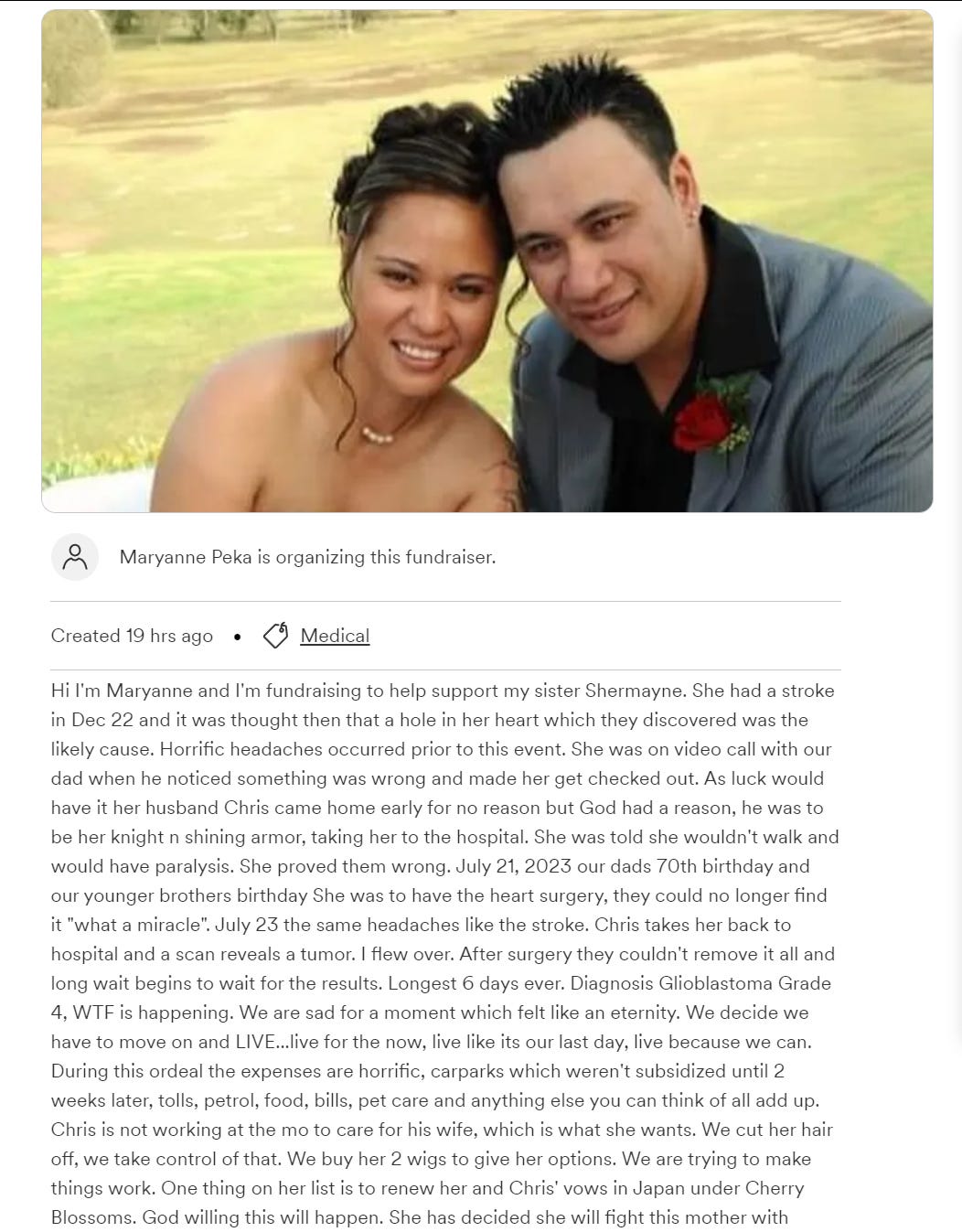

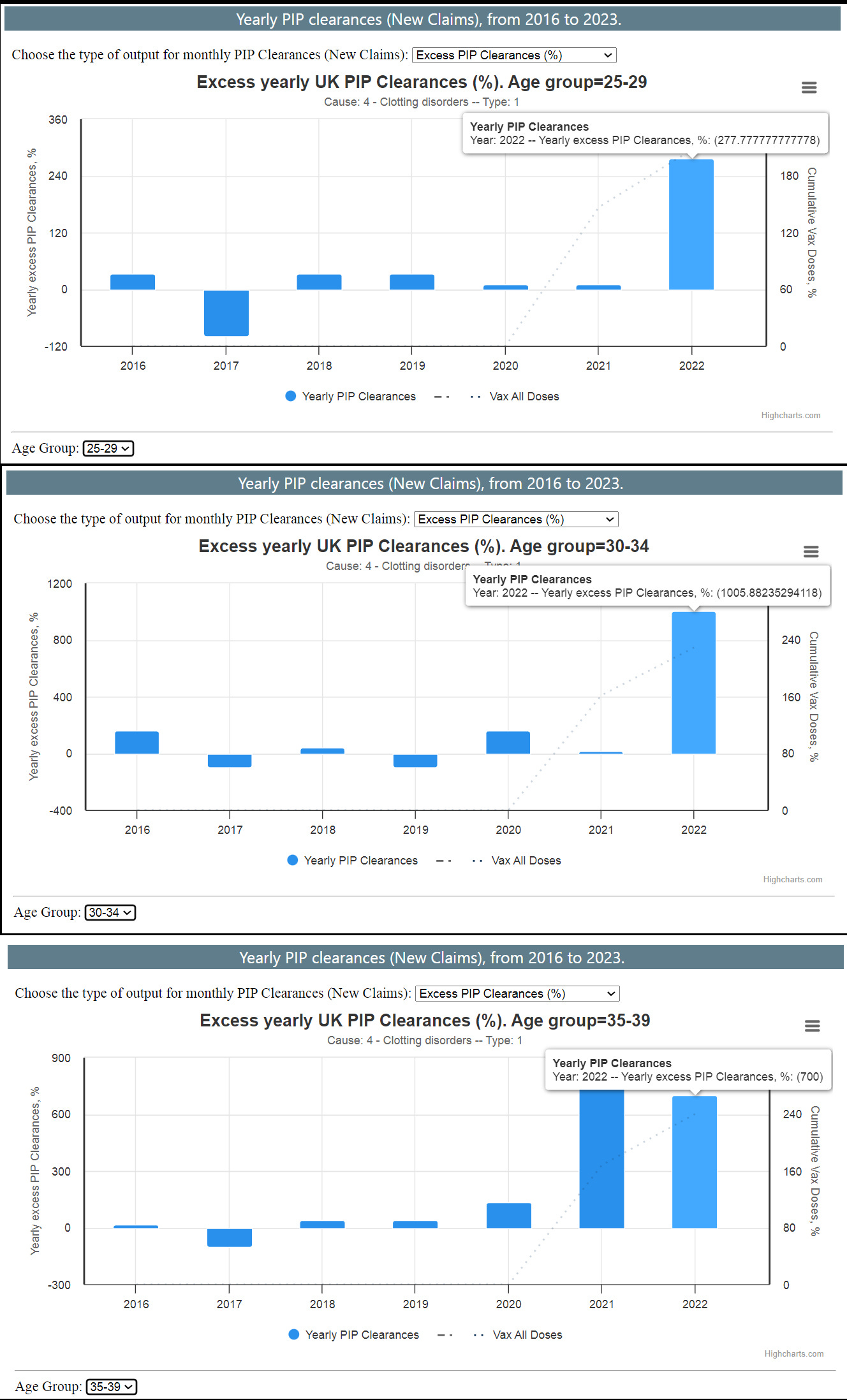





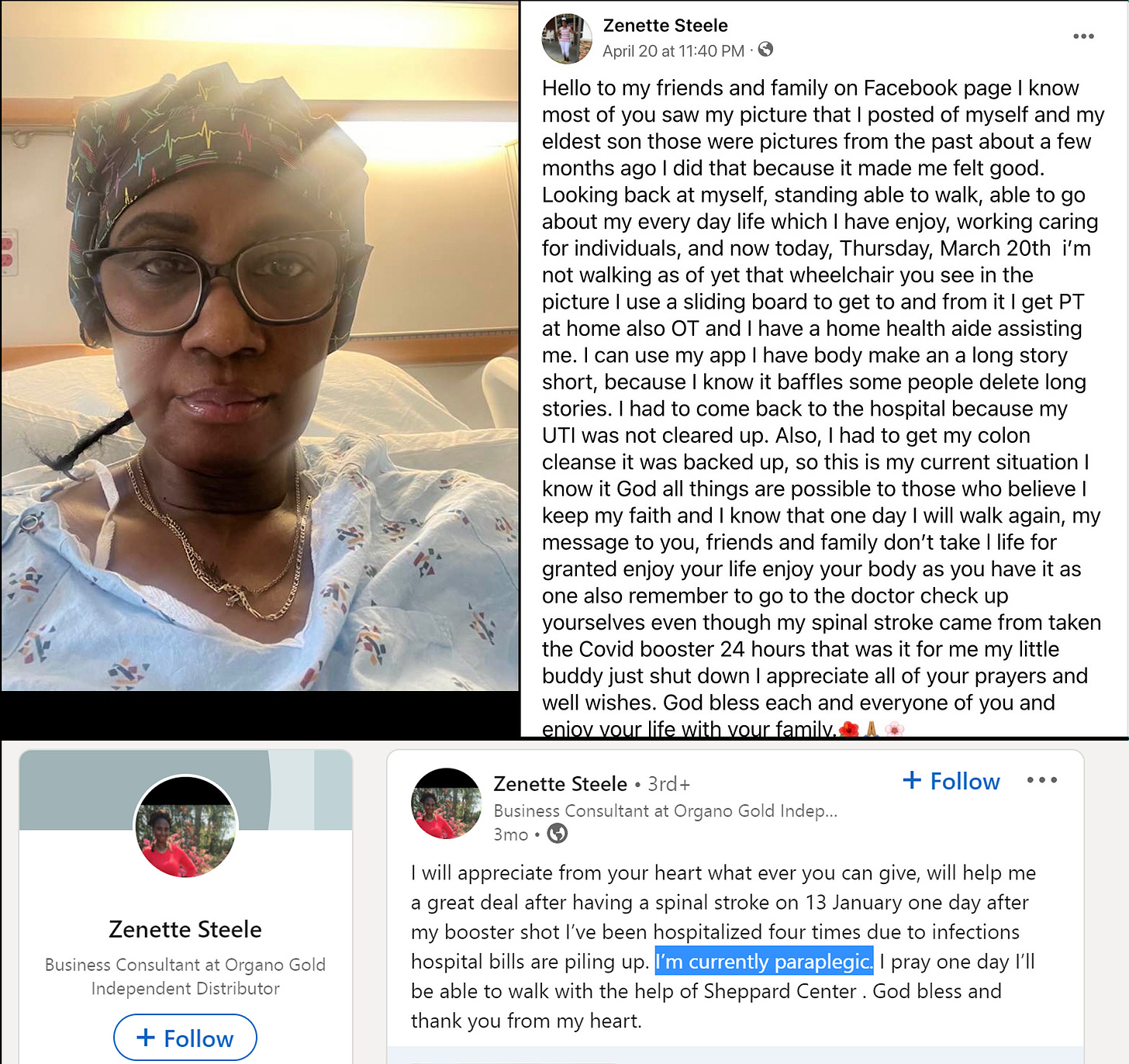
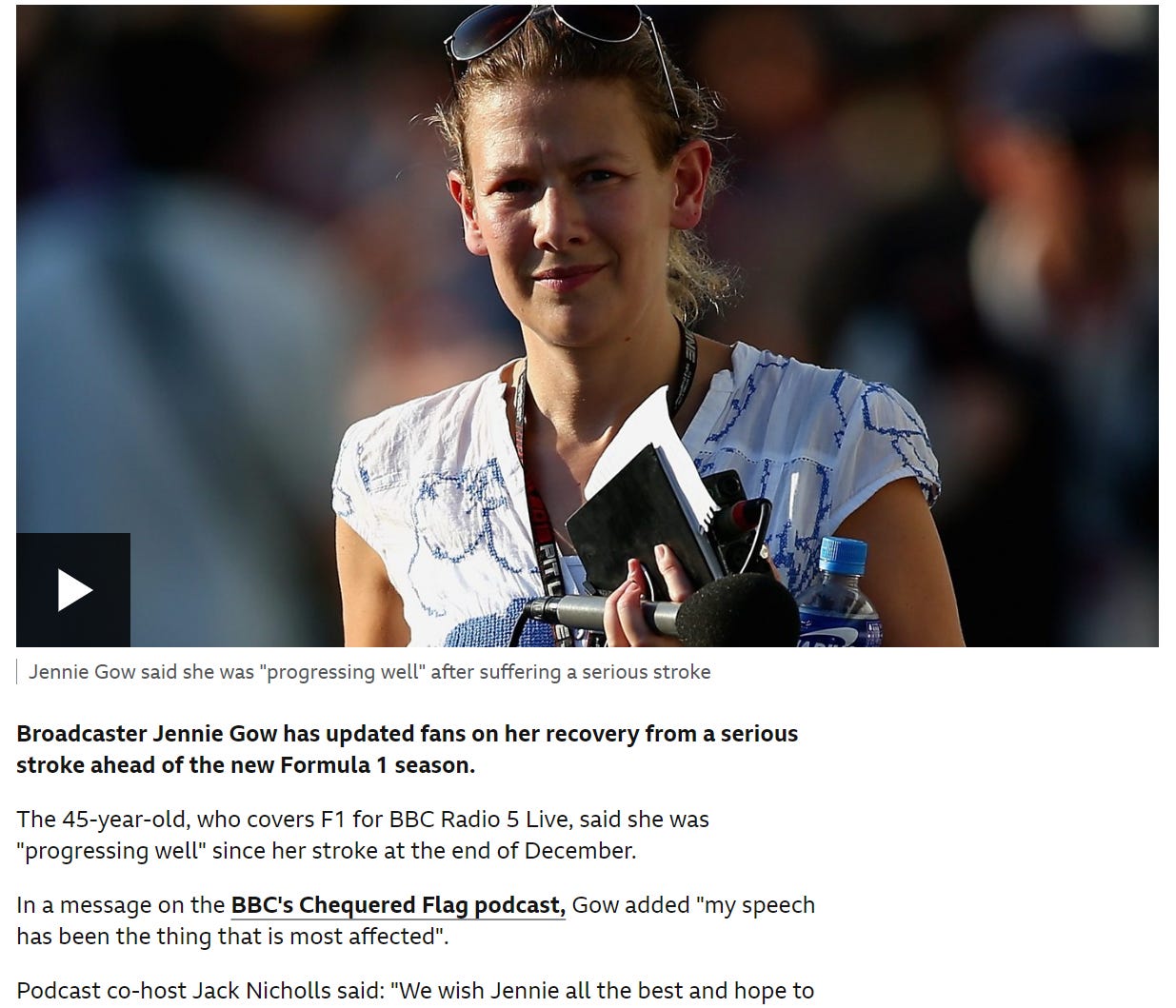




 The Worldwide Corona Crisis, Global Coup d’Etat Against Humanity
The Worldwide Corona Crisis, Global Coup d’Etat Against Humanity History: The Federal Reserve Cartel: Freemasons and The House of Rothschild
History: The Federal Reserve Cartel: Freemasons and The House of Rothschild The Criminal Insanity of Climate Change: Direct Energy Weapons (DEW) Create Forest and Bush Fires, Destroying Entire Cities and Igniting Boats in the Sea.
The Criminal Insanity of Climate Change: Direct Energy Weapons (DEW) Create Forest and Bush Fires, Destroying Entire Cities and Igniting Boats in the Sea. Forced Into Taking COVID-19 mRNA Vaccines, Nurses Are Developing Advanced Turbo Cancers
Forced Into Taking COVID-19 mRNA Vaccines, Nurses Are Developing Advanced Turbo Cancers Multi-Billion Dollar “Directed Energy Weapons (DEW)” Market, For Military and “Civilian Use” (?). Were DEWs Used in Hawaii?
Multi-Billion Dollar “Directed Energy Weapons (DEW)” Market, For Military and “Civilian Use” (?). Were DEWs Used in Hawaii? Turbo Cancer: Social Media Influencers on Youtube, Instagram, TikTok Are Getting Turbo Cancers
Turbo Cancer: Social Media Influencers on Youtube, Instagram, TikTok Are Getting Turbo Cancers The Demolition of the World Trade Center on September 11, 2001. “The Devil’s Trick”
The Demolition of the World Trade Center on September 11, 2001. “The Devil’s Trick” The Worst Conspiracy Theory of Them All: That There Is No Way Out
The Worst Conspiracy Theory of Them All: That There Is No Way Out The Covid “Vaccine”: A Bioweapon Disguised as a Medical Cure?
The Covid “Vaccine”: A Bioweapon Disguised as a Medical Cure? Not a Single Court in the Western World Is Willing to Examine the Covid-19 Evidence. “Crimes against Humanity” Revealed by Dr. Reiner Fuellmich
Not a Single Court in the Western World Is Willing to Examine the Covid-19 Evidence. “Crimes against Humanity” Revealed by Dr. Reiner Fuellmich Bombshell: Pfizer Gave Its Australian Employees COVID Shots from A “Separate Batch” Distinct from that Used for the General Population
Bombshell: Pfizer Gave Its Australian Employees COVID Shots from A “Separate Batch” Distinct from that Used for the General Population Mr. Blue and the CIA
Mr. Blue and the CIA “Divide and Rule”: Italy’s PM Giorgia Meloni Is Biden’s “Political Asset”. U.S. Behind Niger Coup d’Etat. America’s Hegemonic Wars Against Europe and Africa
“Divide and Rule”: Italy’s PM Giorgia Meloni Is Biden’s “Political Asset”. U.S. Behind Niger Coup d’Etat. America’s Hegemonic Wars Against Europe and Africa What the Media Won’t Tell You About the Maui Fires
What the Media Won’t Tell You About the Maui Fires Future Shock: Gearing Up for Global Heating While Our Sun and Earth Cool
Future Shock: Gearing Up for Global Heating While Our Sun and Earth Cool Leaked Documents Indicate Zelensky About to be Replaced
Leaked Documents Indicate Zelensky About to be Replaced Russia, Donbass and the Reality of Conflict in Ukraine
Russia, Donbass and the Reality of Conflict in Ukraine The WHO’s Proposed Amendments Will Increase Man-Made Pandemics. Dr. Meryl Nass
The WHO’s Proposed Amendments Will Increase Man-Made Pandemics. Dr. Meryl Nass

